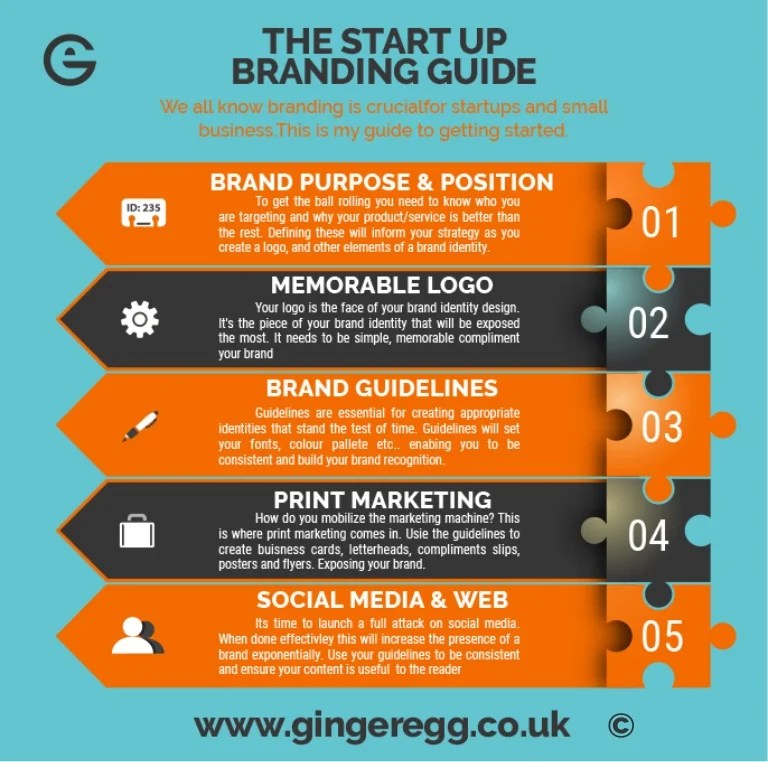Branding for Startups sets the stage for success in a competitive market, where a strong identity can make or break a new business. It’s all about standing out, gaining trust, and securing a loyal customer base. Let’s dive into the essentials of creating a powerful brand for your startup.
From defining key elements to boosting brand awareness, this guide covers everything you need to know to make your startup shine in the business world.
Importance of Branding for Startups

Branding plays a crucial role in the success of startups as it helps establish a unique identity in a competitive market. A strong brand identity can differentiate a startup from its competitors, making it more memorable and recognizable to customers. This differentiation is key for startups to stand out and attract attention in a crowded marketplace.
Setting Apart from Competitors
Effective branding allows startups to communicate their values, mission, and story to their target audience. By creating a distinct brand identity, startups can position themselves as innovative, trustworthy, and customer-focused, which can help them gain a competitive edge over other businesses in the same industry.
- Creating a memorable brand image through visual elements like logos, colors, and packaging can leave a lasting impression on customers.
- Consistent messaging and branding across all marketing channels can help build brand recognition and loyalty among customers.
- By establishing a strong brand presence, startups can foster trust and credibility with their audience, leading to increased customer loyalty and repeat business.
Elements of a Strong Brand Identity
Developing a strong brand identity is crucial for startups to stand out in a competitive market. Here are key elements that startups should consider when crafting their brand identity:
Memorable Logo
A memorable logo is the face of your brand and serves as a visual representation of your company’s values and mission. It should be unique, simple, and easily recognizable to leave a lasting impression on your target audience.
Color Palette
Choosing the right color palette is essential in creating a cohesive brand identity. Colors evoke emotions and can influence how consumers perceive your brand. Consistency in color usage across all marketing materials helps in building brand recognition and establishing brand association.
Brand Voice
Your brand voice reflects the personality of your brand and how you communicate with your audience. Whether it’s friendly, professional, or humorous, maintaining a consistent brand voice helps in creating a strong brand identity and building trust with your customers.
Brand Consistency, Branding for Startups
Ensuring brand consistency across all platforms and touchpoints is key in reinforcing brand recognition. From your website to social media channels, maintaining consistency in messaging, visuals, and tone of voice helps in solidifying your brand identity in the minds of consumers.
Building Brand Awareness

Building brand awareness is crucial for startups to establish themselves in the market and attract customers. It involves making sure that your target audience knows about your brand and what it stands for.Social media plays a vital role in building brand awareness for startups. Platforms like Instagram, Facebook, and Twitter allow startups to connect with their audience, share their story, and showcase their products or services.
By consistently posting engaging content and interacting with followers, startups can increase their brand visibility and reach a wider audience.Collaborations with influencers or other brands can also help startups reach a wider audience and increase brand awareness. Partnering with influencers who align with your brand values can expose your brand to their followers and help you tap into new markets.
Similarly, collaborating with other brands on joint campaigns or events can help startups leverage each other’s audience and create buzz around their brand.
Strategies to Increase Brand Visibility
- Utilize social media platforms to engage with your target audience and share relevant content consistently.
- Invest in paid advertising on social media to reach a larger audience and target specific demographics.
- Participate in industry events, trade shows, and conferences to network with potential customers and partners.
- Create partnerships with other businesses or influencers to expand your reach and tap into new markets.
- Offer promotions, discounts, or giveaways to incentivize customers to engage with your brand and spread the word.
Brand Positioning and Target Audience: Branding For Startups
Understanding the target audience is crucial in brand positioning as it helps startups tailor their messaging and offerings to meet the specific needs and preferences of their customers. By knowing who their target audience is, startups can create a strong brand identity that resonates with their potential customers.
Identifying Unique Selling Propositions (USPs)
- Startups can identify their USPs by conducting market research to understand their competitors and what sets them apart.
- They can also analyze customer feedback and preferences to pinpoint areas where they excel and can differentiate themselves.
- Creating a strong value proposition that highlights the unique benefits of their products or services can also help in identifying USPs.
Successful Brand Positioning Strategies
-
Warby Parker
positioned itself as a trendy yet affordable eyewear brand, disrupting the traditional eyewear industry.
-
Casper
focused on simplifying the mattress buying process and offering a risk-free trial to stand out in the crowded mattress market.
-
Chobani
differentiated itself by emphasizing its use of natural ingredients and supporting local farmers, setting itself apart in the yogurt industry.
